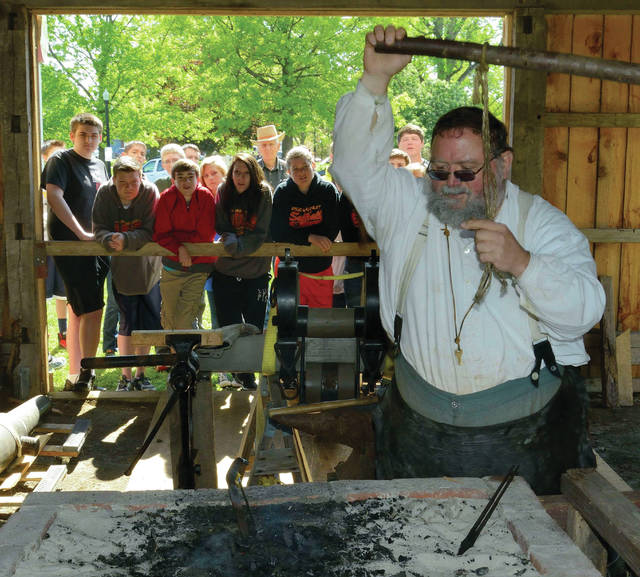
When we drive around Delaware County, it’s easy to think that what we see and experience — roads, towns, villages, townships – are just grownup versions of everything laid out by pioneers when they first settled the area.
Yet Delaware County, like any area that grew from wilderness, has its fair share of false starts – a.k.a. ghost towns.
Rick Helwig, Director of the Center for Ghost Town Research in Ohio, will give a presentation on the results of the center’s current research into Ohio’s ghost towns during the Tuesday, March 14, meeting of the Big Walnut Area Historical Society.
The 7:30 p.m. meeting will be held at the Myers Inn Museum; admission is free, and the meeting is open to the public.
During his presentation, Helwig will provide an overview of what the Center for Ghost Town Research in Ohio does, and describe what ghost towns are and how they are created. In addition to interesting ghost towns statewide, Helwig will also talk about Delaware County ghost towns.
To inject some spice to his presentation, Helwig will add a few ghost stories, with a special emphasis on ghost towns located in the Big Walnut area.
Helwig, raised in Defiance and a 1985 Defiance College graduate with a degree in Secondary Math Education, moved to his maternal family farm in Eastern Delaware County in 1987. Around that same time, the Helwigs opened a multifaceted business in Sunbury, and Rick joined his father in a quest to catalog all of the ghost towns in Ohio.
Rick’s father, Richard, created the Center for Ghost Town Research in Ohio in 1976 as the result of a genealogy class that the elder Helwig was teaching at the Northwest Technical College in Archbold, Ohio.
In 1987, The Center for Ghost Town Research in Ohio moved to Sunbury. To date, the Center has identified over 6,000 ghost towns throughout the state, and has published 18 books on the ghost towns of Ohio, including an edition featuring Delaware County ghost towns.
Helwig, a licensed auctioneer for 35 years, is the current Director of the Center for Ghost Town Research in Ohio. He works full-time for the Delaware County Board of Elections as a Manager. He is the blacksmith in the Myers Inn Forge, Commander of the Civil War School Day, and is an active Civil War reenactor.


